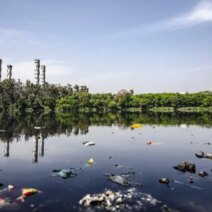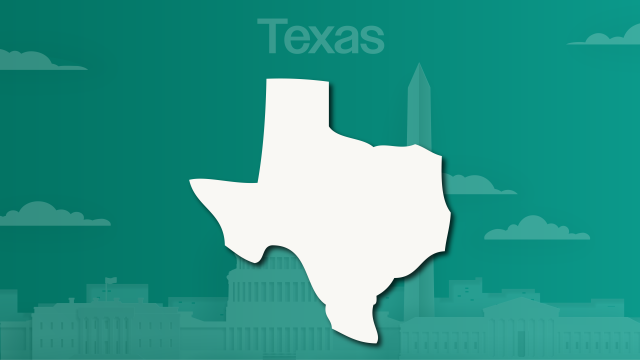As Texas continues to develop and expand its energy infrastructure, the question of energy conservation remains as pertinent as ever. In 2025, the state’s energy landscape presents a unique confluence of challenges and opportunities. While the brisk pace of urbanization and industrial growth could lead one to assume that energy efficiency measures have become obsolete, the reality is far more nuanced. The pressing need for conservation, driven by environmental considerations and economic imperatives, becomes increasingly evident.
The population of Texas is expected to surge, with projections indicating an influx of new residents and businesses. This growth places immense pressure on the energy grid, with an escalating demand for electricity. In recent years, the state has witnessed both record highs and lows in energy consumption, underscoring the fragile balance between supply and demand. The summer of 2025 could yield peak load demands that strain the existing infrastructure. In light of this, conserving energy is not merely an individual choice but a societal imperative to ensure a sustainable future.
Additionally, the energy landscape is transitioning. Traditionally reliant on fossil fuels, Texas is making strides towards diversifying its energy sources. Although Texas leads the nation in wind energy production, reliance on natural gas remains significant. The volatility of fossil fuel markets, coupled with the environmental ramifications of continued extraction and combustion, further complicates this equation. Energy conservation emerges as a pivotal strategy to mitigate dependence on fossil fuels, reduce carbon emissions, and combat climate change.
The benefits of energy conservation extend beyond environmental considerations. Economically, energy efficiency can lead to substantial cost savings for both consumers and businesses. Texan households that embrace energy-efficient practices can reduce their utility bills significantly, thus freeing up resources for other essential expenditures. Similarly, commercial enterprises that implement energy conservation measures may enhance their profitability by lowering operational costs. When taken to scale, these economic benefits could contribute positively to the overall state economy.
Moreover, the technological advancements in energy efficiency have culminated in the creation of innovative solutions to minimize energy consumption. Smart home technologies, such as programmable thermostats and energy-efficient appliances, empower consumers to take control of their energy use. Businesses are also adopting cutting-edge technologies that optimize energy efficiency. From LED lighting to advanced HVAC systems, the plethora of options available to conserve energy is both comprehensive and diverse.
However, one must acknowledge that the journey towards energy conservation is fraught with challenges. Misinformation and skepticism surrounding the necessity for energy conservation persist among certain segments of the population. It is pivotal to engage in thoughtful discourse surrounding the tangible benefits of conservation. Education is key; as awareness about energy consumption and its repercussions increases, so too does the propensity for individuals and organizations to adopt sustainable practices.
Government initiatives play a crucial role in the promotion of energy conservation. State and federal programs incentivize businesses and households to engage in energy-efficient upgrades. These initiatives can substantially alleviate the initial financial burden associated with the transition to energy-efficient technologies. Continued investment in renewable resources and energy infrastructure will enable Texas to become a beacon for sustainable energy practices. The implementation of stricter energy codes and efficiency standards further solidifies the necessity for conservation in the state.
Texas’s geographic and climatic diversity presents both challenges and opportunities for energy conservation. From arid regions to humid coastal areas, the state experiences a wide array of weather patterns, necessitating adaptable energy strategies. By investing in localized energy solutions, communities can address their specific needs while prioritizing conservation. For instance, deploying solar panels in sunny locales while utilizing wind turbines in windy areas can optimize the energy mix while fostering a culture of sustainability.
Additionally, the limbic connection that Texans have with their natural environment cannot be overstated. The state’s expansive landscapes, from the Hill Country to coastal marshes, encapsulate a unique ecological heritage that warrants protection. By conserving energy, Texans can contribute to the preservation of their beloved parks, wildlife habitats, and natural resources. The ethos of conservation is inextricably linked to the Texan identity, as residents often express a deep appreciation for their state’s natural beauty.
In closing, the question of whether Texas still needs to conserve energy is not simply a matter of debate; it is a rallying call. The coming years will demand innovative solutions and collective action to address the complexities of energy consumption and environmental stewardship. As individuals, businesses, and government entities unite towards a common goal of energy conservation, Texas can transition from a dependency on traditional energy sources towards a sustainable energy model. This evolution will not only ensure a more resilient grid but will also safeguard the rich ecological tapestry of the Lone Star State for generations to come.






